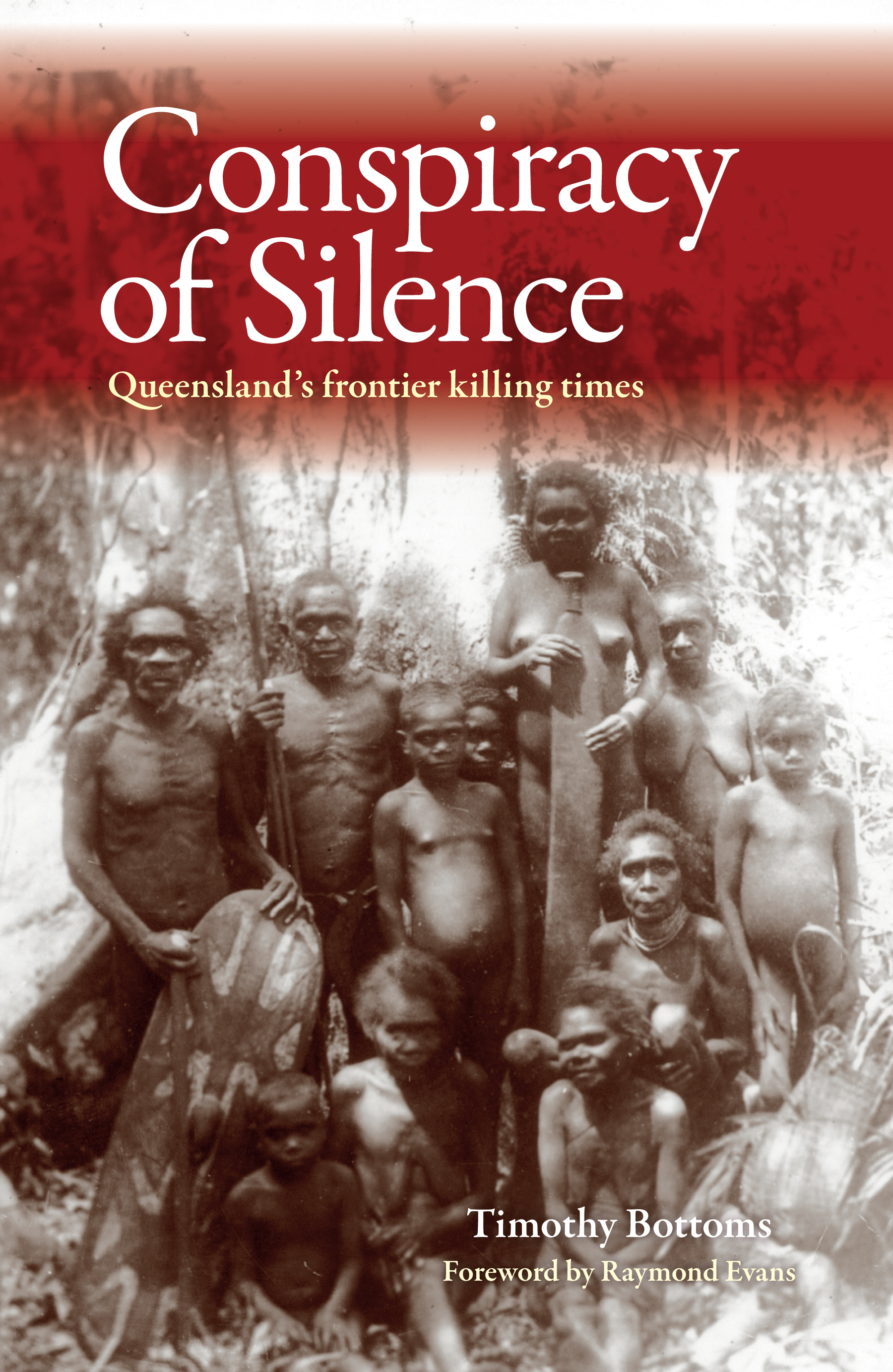The rediscovery of the Aboriginality of the landscape opens a fascinating and exciting new perspective on our Australian history. The Rainforest Aboriginal Homeland’s map (Bama Bulmba) of the Cairns Region, FNQ gives an approximate indication of tribal boundaries for our area. Some prominent features from the traditional owners have been included, such as ‘Bird Barrier Mountain’ / Bunda Djarruy Gimbul (or Lamb Range), which referred to certain species of coastal birds that would not fly over the range unless a cyclone was expected. Also Bunda Djarruga Murrgu / ‘Hill of the Scrub Hen’s Earth-mound Incubator Nest’ (Walsh’s Pyramid), which refers to the Storywater (‘Dreaming’) telling of the Scrub Hen flying over the Malbon Thompson Range from Buddabadoo and building a huge nest with her partner. In 1873 G.E. Dalrymple renamed it in honour of the Speaker of the Legislative Assembly, W.H. Walsh, who never visited North Queensland and after a structure unrelated to Australia. To the coastal Bama the Great Barrier Reef was referred to as Yurrbing or ‘Grinding Teeth’ as that was what it sounded like underwater.
Major nineteenth century massacres of Bama, which also occurred elsewhere on the colonial frontier, are also delineated for our region. Four Native Mounted Police camps are identified: Baan Bêro, Mowbray River, Nigger (sic) Creek (now Wondecla) and at Gordonvale. These were a part of colonial Queensland’s frontier policy to protect settler’s by ‘dispersing’ (shooting) local Aboriginal groups. On average a white Sub Inspector led between four and eight Aboriginal trooper’s from other Queensland regions. These contingents were stationed on the frontier as it expanded North and West until the Gulf and Cape York Peninsula was reached. The Clohesy River was named after one of the Sub Inspector’s.
The Indigenous perspective of how they viewed their world through Bulurru (religion/lore) and the dramatic landscape that we now all share, demonstrates the ancient nature of our region and how incredibly knowledgeable and clever our Indigenous people were to have lived and survived over 65,000 years.
Timothy Bottoms, published in Kuranda Paper #301 2018
FIND OUT MORE ABOUT CAIRNS AND QUEENSLAND HISTORY
Dr Bottoms reminds us in his extensively researched 2013 book Conspiracy of Silence:
No Australian today is responsible for what happened on our colonial frontier. But we are responsible for not acknowledging what happened. If we do not, our integrity as a nation is flawed
Inspired by more recent works of fellow contemporary historians Professor Henry Reynolds, Raymond Evans, Dirk Moses, Jonathan Richards, Robert Orsted-Jensen, Ray Kerkhove and Pamela Lukin Watson, Dr Bottoms feels that Australian history has been more properly represented in recent times and that: This process is not something of which we should be afraid he observed, and that by Following our Indigenous leaders, we, as a nation should be able to find the rightful place for our unique Indigenous people in our shared country.
Accompanying 30 min video documentary version of the book below


